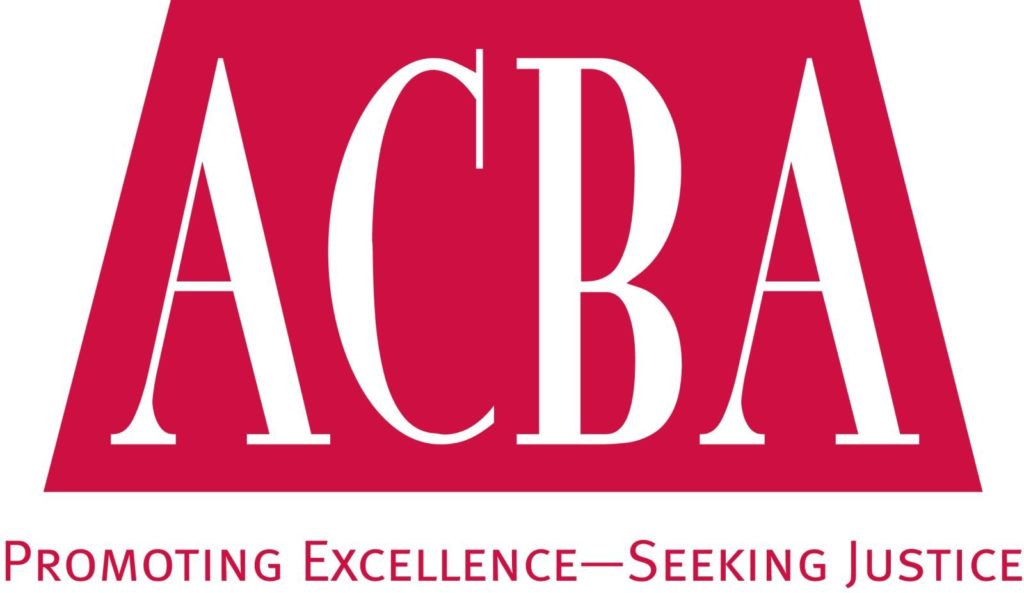Evidence of Private Insurance Benefits Under ACA Admissible in Case to Mitigate Future Medical Costs
Introduction
The California Court of Appeal’s recent decision in Cuevas v. Contra Costa County (2017) 11 Cal.App.5th 163 is the latest published case in the wake of opinions following the California Supreme Court’s decision in Howell v. Hamilton Meats (2011) 52 Cal.4th 546. Howell stands for the proposition that an insured plaintiff’s medical special damages should be limited to the amounts actually paid by their insurer pursuant to the reduced rate negotiated by the plaintiff’s insurance company.
In Cuevas, a medical malpractice case, the Court of Appeal interpreted California Civil Code § 3333.1 (“MICRA”) and Howell and, in reversing the trial court, held that it was an error to exclude evidence of future health care benefits from the Affordable Care Act for purposes of mitigating plaintiff’s future medical costs. In doing so, the Court of Appeal reversed the judgment entered against defendant Contra Costa County and remanded the case for a new trial on the amount of plaintiff’s future medical damages.
Background
Plaintiff Brian Cuevas suffered irreversible brain damage in utero while his mother’s pregnancy was being managed by a doctor employed by defendant. Plaintiff is the surviving twin of a monochorionic diamniotic pregnancy – a condition whereby identical twins share a placenta, but have separate amniotic sacs.
When plaintiff’s mother reported for an appointment at 37 weeks, only one fetal heartbeat could be detected. She was transferred to a hospital and the twins were delivered by caesarean section. One twin had died, and plaintiff had suffered hypoxic brain injury. As a result, plaintiff has a very low verbal IQ, has serious communication difficulties, has cerebral palsy, and has behavioral problems. He will be dependent on others for his personal care and safety for the rest of his life.
Plaintiff ultimately filed an amended complaint against defendant and 13 other providers alleging (1) medical malpractice, and (2) negligent infliction of emotional distress to his mother. Plaintiff’s theory at trial was that the doctor defendant breached the applicable duty of care by failing to schedule plaintiff’s delivery prior to 37 weeks’ gestation.
Trial
At trial, both parties offered competing life care plans. Defendant’s life care planner, Linda Olzack, included a scenario whereby plaintiff would be procured private insurance under the ACA. As to this scenario, Ms. Olzack contacted local health care providers and asked them how much ACA-mandated insureds would be required to pay. The rates are typically less than what providers would state on a bill.
Plaintiff filed various motions in limine to exclude evidence of collateral source payments from Medi-Cal and other sources, to exclude evidence of future collateral sources, and to exclude opinions regarding possible future medical benefits available through ACA-mandated insurance. Plaintiff asserted that Civil Code § 3333.1, a statute contained within the Medical Injury Compensation Reform Act (MICRA), did not allow introduction of evidence regarding future collateral source medical benefits.
In response, defendant filed further briefing, which included a declaration by Thomas J. Dawson, an expert on the ACA, who worked for the House of Representatives during the passage of the ACA.
After hearing argument, the trial court ruled that the defense could not present as a collateral-source offset any evidence concerning publicly-funded benefits through regional centers and the public school system. Relying on MICRA, it also ruled defendant could not introduce evidence of Medi-Cal benefits or ACA insurance benefits.
At trial, plaintiff’s economist calculated the total value of future care expenses under plaintiff’s life care plan to be $285 million, with a present value of nearly $29 million. Defendant’s economist took the rates to which Ms. Olzack was permitted to testify and concluded the present value of future services needs was somewhere between $3,233,670 and $3,340,222. Defendant claimed these would be much lower if Olzack were able to factor, among other items, discounted medical care rates that would apply under Medi-Cal or under ACA-mandated private insurance.
The jury found in favor of plaintiff and awarded $100 million for future medical costs, which it reduced to $9,577,000 in present cash value.
The Court’s Legal Analysis
The Court began its analysis with discussing California’s collateral source rule, which precludes a defendant from, for example, telling the jury that a plaintiff has been recompensed by a collateral source for his or her medical costs. The Court pointed out that the California Legislature adopted MICRA in 1975, which altered the collateral source rule in medical malpractice cases, allowing evidence of amounts payable for reimbursement of health care services. The jury is therefore informed of collateral source benefits and may elect not to award damages duplicative of those benefits.
The Court then turned to the issue of whether MICRA applied to future collateral source benefits. The defense argued that MICRA should apply to future anticipated medical costs. Of particular concern to the Court was the term “amount payable” contained within the statute, which it found to be ambiguous. Defendant argued that “amount payable” included amounts payable in the future, and not just those paid in the past. Defendant argued that, as a matter of public policy, that maintaining a distinction between past and future insurance benefits made no sense. After a review of the legislative history and public policy concerns, the Court agreed.
Turning to Howell, the Court also found that the collateral source rule is not violated when a defendant is allowed to offer evidence of the market value of future medical benefits. The Court cited Corenbaum v. Lampkin (2013) 215 Cal.App.4th 13, for the proposition that evidence of the full amount billed for a plaintiff’s medical care is not relevant to the damages for future medical care or noneconomic damages.
In support of its opinion, the Court cited the more recent case of Markow v. Rosner (2016) 3 Cal.App.5th 1027, where the Court of Appeal cited to both Howell and Corenbaum. The Court found persuasive the Markow court’s explanation: “Our Supreme Court has endorsed a market or exchange value as the proper way to think about the reasonable value of medical services. [Citation.] This applies to the calculation of future medical expenses. [Citation.] For insured plaintiffs, the reasonable market or exchange value of medical services will not be the amount billed by a medical provider or hospital, but the ‘amount paid pursuant to the reduced rate negotiated by the plaintiff’s insurance company.’” (Markow at pp. 1050-1051.) This case supported the Court’s opinion that the collateral source rule is not violated when a defendant is allowed to offer evidence of the market value of future medical benefits.
The Court went even further to state that it was error for the trial court to exclude the defense expert’s testimony regarding the plaintiff’s anticipated benefits from private insurance mandated under the Affordable Care Act, on the basis that the ACA benefits are unlikely to continue. The Court noted that “in spite of recent efforts to abolish or substantially alter the ACA, as of the writing of this opinion the ACA remains essentially intact.” The Court relied upon defendant’s expert’s declaration, which supported the proposition that plaintiff would be able to acquire comprehensive health care insurance going forward. The defense expert identified specific California insurance plans that would be able to meet many of plaintiff’s needs, and that plaintiff could use funds held in a special needs trust to purchase private health insurance
Conclusion
As of the writing of this summary, the U.S. House of Representatives has passed legislation repealing and replacing the ACA. The legislation is now being considered by the Senate. As such, the longevity of this opinion is in question. However, until the ACA is repealed by an act of Congress, litigants in California who intend on presenting expert testimony in the form of life care plans should be aware of the role of Howell, and collateral sources such as Medi-Cal, private insurance, and the Affordable Care Act, with regard to the potential mitigation of future medical special damages to the market rate.
This article originally appeared in the Summer 2017 edition of the ACBA Trial Practice Section Newsletter. Prepared by Austin L. Houvener, Toschi, Sidran, Collins & Doyle, APC. Mr. Houvener is the Vice Chair of the ACBA Trial Practice Executive Committee.

